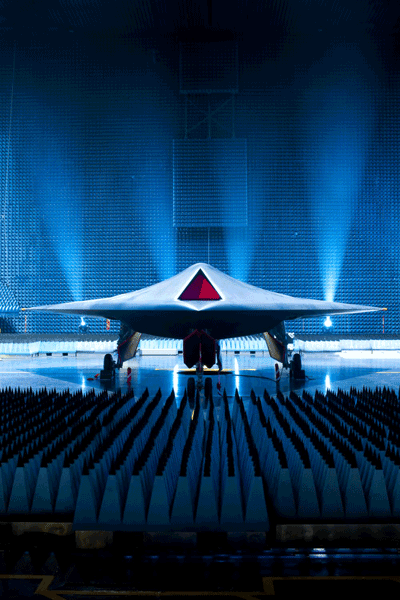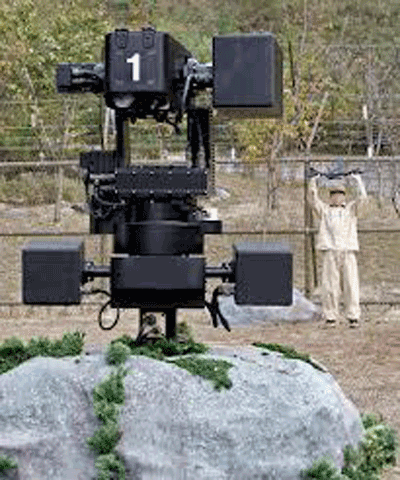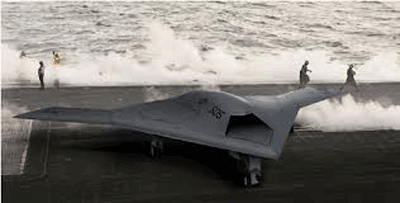A human rights organization thinks so and looks to ban them
BY NICOLETTE EMMINO
These days we hear a lot about new kinds of robotic advancements and their benefits to our future, but now a group of human rights activists is fighting to ban autonomous robots because of the threat they pose to innocent people.
Human Rights Watch recently released a 50-page report, “Losing Humanity: The case against killer robots,” outlining the concerns about fully autonomous weapons, and calling them “killer robots.”
“Giving machines the power to decide who lives and dies on the battlefield would take technology too far. Human control of robotic warfare is essential to minimizing civilian deaths and injuries,” said Steve Goose, the group’s Arms Division Director.The group, in conjunction with the Harvard Law School International Human Rights Clinic, has called for an international treaty which would prohibit the use of fully autonomous weapons.
Although currently there are no active, fully autonomous vehicles operating in the world, Human Rights Watch fears that with countries such as the United States, China, Germany, South Korea, and Russia working on such projects, they could become a reality in less than 30 years. As a result, the group is calling for a ban now, to avoid a situation where the robots get out of hand. Here’s a look at the kinds of “killer robots” that are being designed and what Human Rights Watch fears.
1. United Kingdom: Taranis combat aircraft

The Taranis was unveiled in 2010 and designed to strike distant targets, even ones on another continent. The U.K.’s Ministry of Defence asserts that humans will still have partial control, but the Taranis does indicate a giant stride in robotic autonomy. The aircraft passed a first series of tests in July 2012.
2. South Korea: SGR-1

The SGR-1 sentry robot can detect people in the Demilitarized Zone and if a human issues a command, it will fire its weapons.
3. United States: X-47B

A tailless, strike-fighter-sized aircraft designed by the U.S. Navy, the X-47B is being used to demonstrate the first carrier-based launches and recoveries by an autonomous unmanned aircraft. The aircraft can land on its own, carries weapons, and will soon be able to refuel itself.
Human Rights Watch’s main concern is that robots with no human intervention could mistake targets and kill innocents. They would also lack the human capacity to think through a situation or show compassion.
According to Human Rights Watch and the Harvard Law School International Human Rights Clinic, autonomous robots are dangerous because “it would be impossible to distinguish adequately between soldiers and civilians on the battlefield or apply the human judgment necessary to evaluate the proportionality of an attack — whether civilian harm outweighs military advantage.”
See the Human Rights Watch video below showing autonomous and partially autonomous vehicles that they feel pose a threat to the future.
■
Advertisement
Learn more about Electronic Products Magazine





